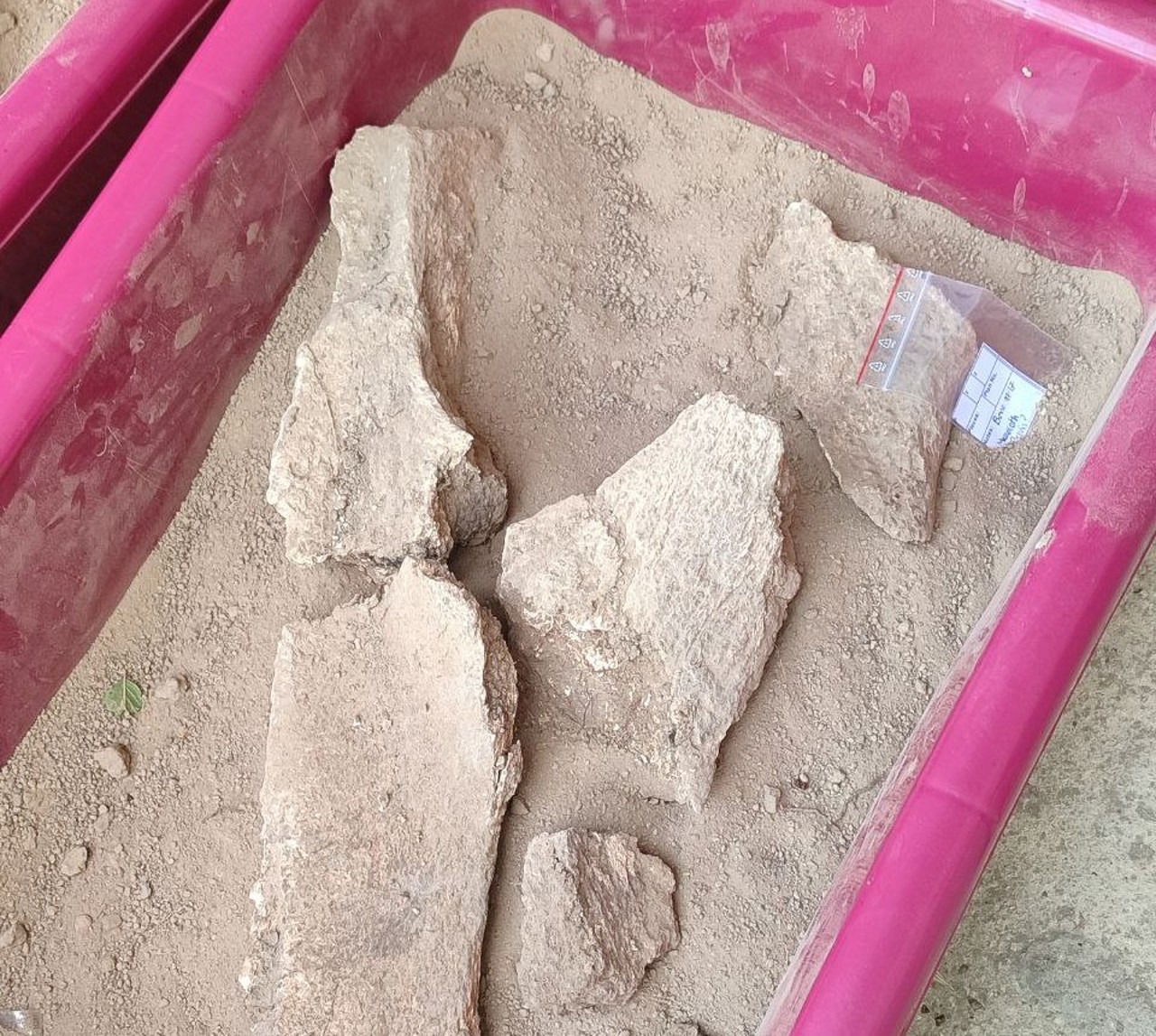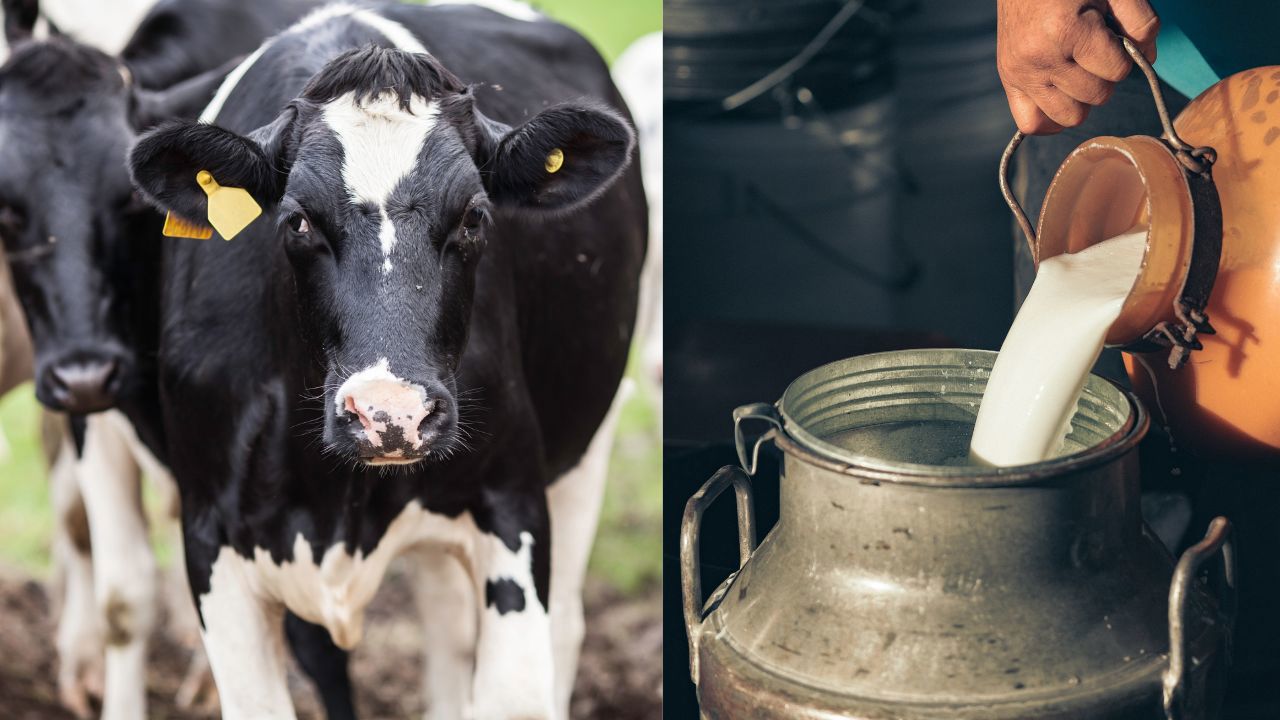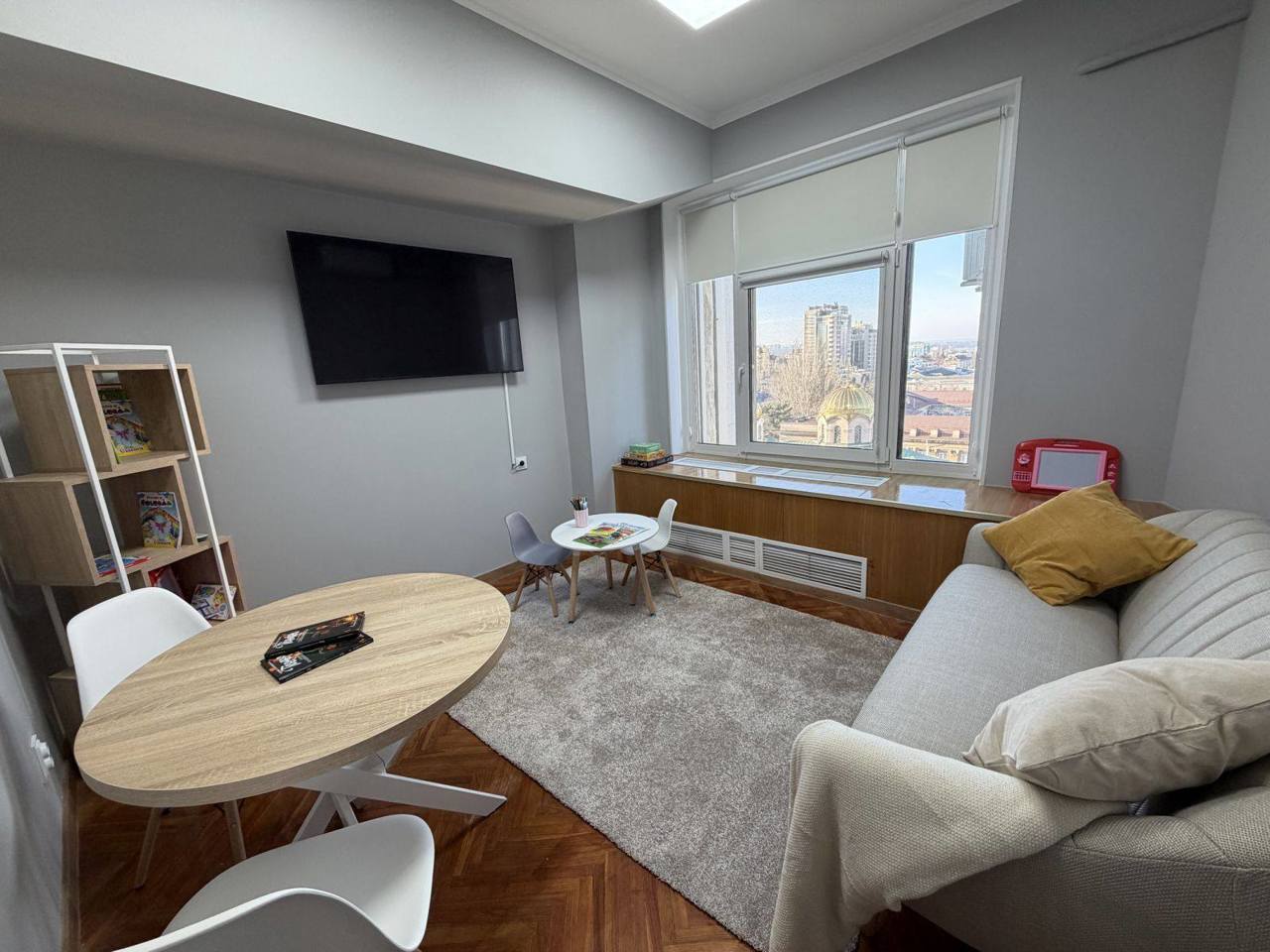Moldova Unearths Mammoth Surprise at Kindergarten
Archaeologists in the Șoldănești district of Moldova made a remarkable discovery during a recent excavation at a kindergarten construction site in the village of Climăuții de Jos.

For three weeks, an international team of students and professors from Great Britain and France participated in the dig, which unearthed a trove of mammoth bones and flint tools.
The team was excavating the first habitation layer, dating back roughly 20,000 years, when they stumbled upon the discovery. "There are more mammoth bones here, including this tusk you see," explained a team member, pointing to a large ivory fragment. "The team is currently extracting bones from this layer."
The discovery of the Paleolithic settlement at Climăuții de Jos dates back to 1989, when construction of the kindergarten first began. "Construction crews unearthed the first signs of the settlement in 1989 - several mammoth bones and flint tools," said Vitalie Burlacu, head of the archaeological laboratory at the Orheiul Vechi Cultural-Natural Reserve. "This fortunate discovery revealed a Palaeolithic settlement now known as Climăuții de Jos number 2."
Moldova holds significant importance for Palaeolithic researchers. Discoveries here play a crucial role in helping them piece together a comprehensive picture of these early societies. "These well-preserved remains will allow us to learn a lot about how these societies hunted, ate, and used bones and ivory," explained French researcher Laure Fontana.
Other students and doctoral candidates echoed the sentiment, highlighting the invaluable nature of their Moldovan experience. "It's fascinating to work with extinct animals," said one participant. "We found mammoths, foxes, and even a few wolves. Being able to see and touch these remains firsthand was incredible."
The unearthed mammoth bones and flint tools will now be meticulously studied at the Orheiul Vechi reserve's laboratory. This discovery promises to shed new light on prehistoric Moldova and the lives of its inhabitants.
Translation by Iurie Tataru





